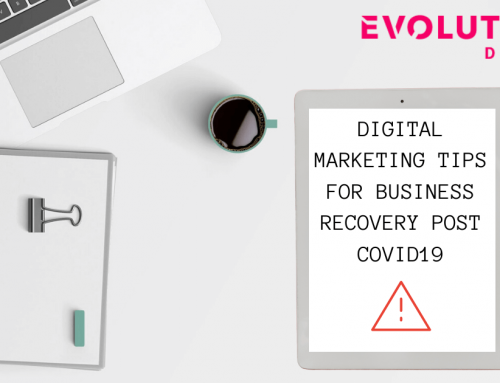When it comes to copywriting, it can seem simple on the surface. Just state what you’re selling and people will buy, right? Wrong. With the level of competition that your copy faces online, it now takes a curated effort to create quality content and copy that pulls consumers in. People often dive in headfirst and then wonder why it’s not working, well below are some possible mistakes you could be making that could be allowing potential customers to slip right through your fingers. Read on for our best copywriting tips on how to avoid these critical errors.
-
Adjective Overload.
Adjective stuffing is real and must be avoided at all costs. We’ve all seen it before and it comes across like you’re trying way too hard to “write well” and ironically it has the exact opposite effect. You need to communicate with your audience in their language, and not many people would use 4 adjectives to describe anything they may be talking about. Another point to remember is that adjectives are taking up valuable space when it comes to ad copy. You have a limited amount of text to work with so get rid of useless adjectives and adverbs- “basically” “just” “really”- have no place in ad copy.
-
Too Product-Centric & Lacking Engagement.
Copy is usually selling something- products, services, information, etc. Something to remember is that consumers are self-centred, and as they scroll past ads and articles, they’re subconsciously weighing their options and thinking “what’s in it for me”. Don’t focus your content on product features but rather how your product will be of assistance to them, and how it will relieve their pain point. Give the people what they want and show them how what you’re selling can benefit them. You want to make consumers forget that they’re essentially receiving a sales pitch, and rather paint them an engaging vision of why they could use your product/ service. Make sure to engage with your reader and connect with them, be mindful of using pronouns “I” “us” and “we” and focus more on the customer with the use of “you” & “your”.
-
Overthinking Trying Too Hard To Be “Original”.
A common mistake when it comes to copywriting is overthinking and trying to be “creative” and “unique”. Don’t forget that your goal is to sell, like the legend David Ogilvy brilliantly said: “if it doesn’t sell it isn’t creative”. Seeing as most writers and digital marketers are creative individuals naturally, it can be easy to get carried away and feel like your work isn’t creative or abstract enough. But bear in mind the purpose of what you’re writing, and avoid overdoing the creativity to the point that it doesn’t sell anymore.
-
Too Long.
Keep it short, sweet and to the point.
-
Weak Headline.
Advertising icon David Ogilvy said:
“On average, five times as many people read the headline as read the body copy. When you have written your headline, you have spent eighty cents out of your dollar.”
Your headline is what decides whether your content, that you’ve spent valuable time crafting, is even read or seen at all, so it’s obvious information that your heading needs to be as attention-grabbing as possible. People scroll and scroll online and pass over the majority of the things they see but pause for that one article or post that pulls them in. A good tactic is placing yourself in the shoes of the reader and asking yourself what would draw you in to find out more.
-
Use of Jargon.
For example: “Incomprehensible, convoluted parlance oftentimes corroborates as anticlimactic” – To say that in a less complex way- “fancy words do not work” with ad copy or most content. We get it, you know big words. But when it comes to copywriting- people need to be able to simply and quickly understand what you’re saying, what you’re selling and why they should be buying, with no big strain on the brain.
-
Wrong Tone.
It’s safe to say that the way you’d address a conservative businessman and a young college student would highly differ. Certain audiences react best to enhanced, humorous copy, others react best to a simple, professional tone. Based on what you’re selling, you have a specific audience- know who they are and how to speak to them, and establish a voice for your brand in the process.
-
Going With The First Draft.
Any writer should know to never go with the first draft. Any written content should be proofread, revised and edited more than once. Read and reread and reread and you’ll notice things you didn’t before or find a better way of phrasing something than you previously had. Check your engagement levels, grammar and spelling, and cut out unnecessary text. Go back to it with a fresh mind the next morning and always have a fresh set (or a few sets) of eyes to proofread as well to offer feedback.
These are just some of the top common copywriting tips & mistakes that we feel should be avoided. Be mindful of them, and remedy your copy if you’ve been making some of these errors, and you should more than likely see better results soon.




